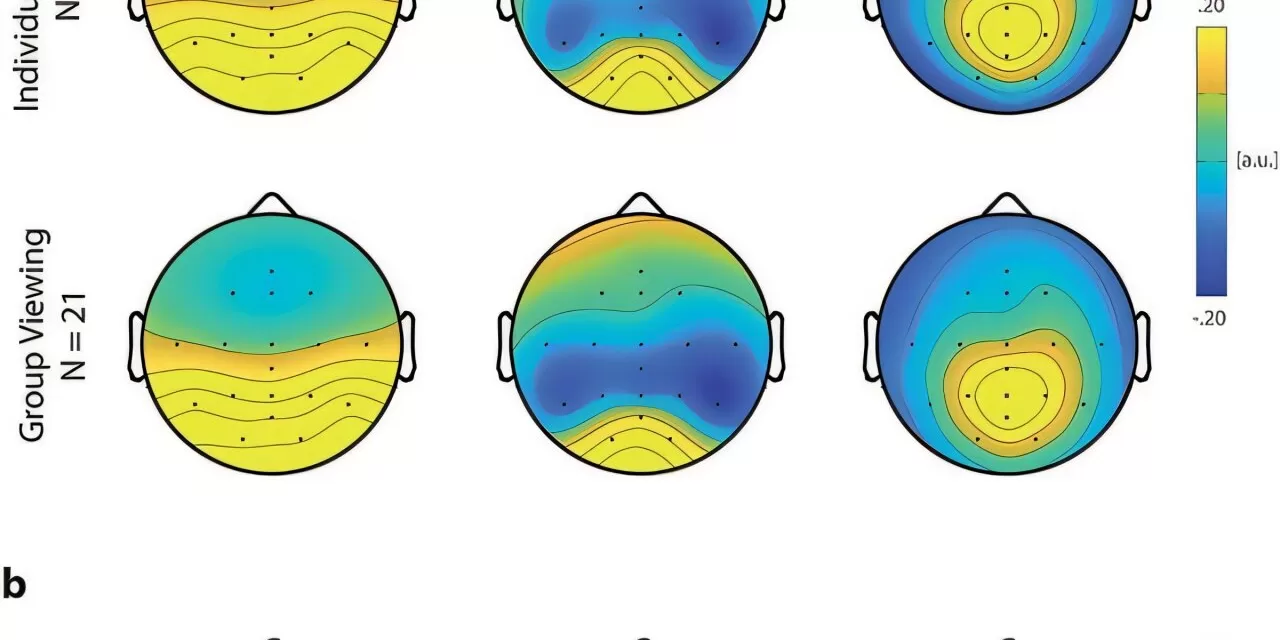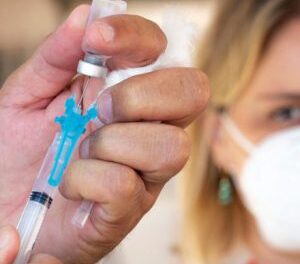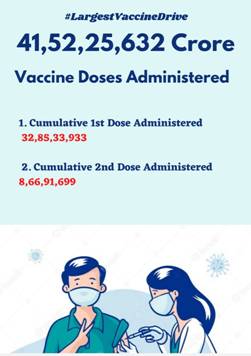Health campaigns play a crucial role in public health efforts, aiming to curb risky behaviors such as drug abuse and excessive alcohol consumption. A recent initiative by the World Health Organization (WHO), launched in October 2024 under the motto “Redefine Alcohol,” urges Europeans to reconsider the health effects of alcohol consumption. According to the WHO, alcohol is directly responsible for one in eleven deaths in the European region.
However, not all health campaigns achieve the intended impact. Measuring the effectiveness of such messages during the development phase could greatly enhance their success. To address this challenge, psychologists from the Konstanz Cluster of Excellence “Collective Behaviour,” led by Harald Schupp and Britta Renner, are investigating the brain activity of viewers who watch real video health messages against alcohol abuse.
Using Brain Waves to Gauge Message Impact
Previous laboratory experiments utilizing advanced neuroimaging techniques like functional magnetic resonance imaging (fMRI) and electroencephalography (EEG) have shown that strong messages trigger increased synchronization of brain activity among viewers. This synchronization occurs in brain regions linked to attention, emotions, and personal relevance, indicating a higher level of engagement and processing.
Transitioning from Lab to Real-World Settings
In a recent study published in Social Cognitive and Affective Neuroscience, the Konstanz research team employed portable EEG devices to measure brain waves in a real-world setting—a standard seminar room—rather than a shielded laboratory. This innovation allowed them to monitor the brain activity of multiple participants simultaneously, demonstrating that effective video messages elicit synchronized neural responses even outside controlled lab conditions.
“This is an important step toward making the method more practical for public health applications,” said Schupp. “In the future, EEG studies in small ‘neural’ focus groups conducted outside university laboratories could contribute to the evidence-based development and selection of campaign materials, ensuring greater effectiveness of health campaigns.”
The study’s findings suggest that portable EEG technology could serve as a valuable tool for evaluating public health messages before their large-scale implementation, potentially leading to more impactful awareness campaigns in the future.
Reference:
Martin A. Imhof et al, Portable EEG in groups shows increased brain coupling to strong health messages, Social Cognitive and Affective Neuroscience (2024). DOI: 10.1093/scan/nsae087
Disclaimer: This article is for informational purposes only and does not constitute medical or scientific advice. The findings discussed are based on the referenced study and should be interpreted within the context of ongoing research.











